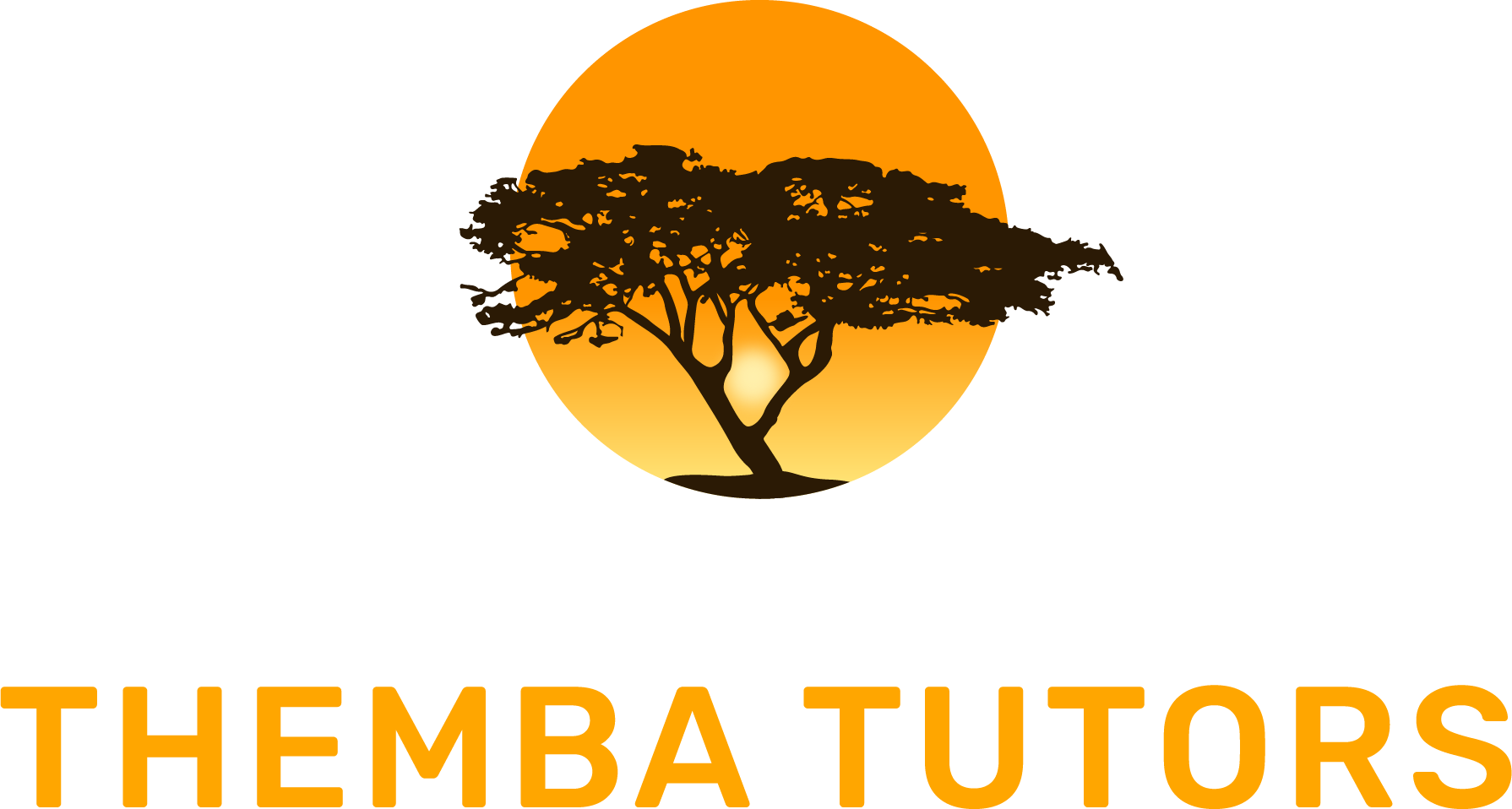
25 Jul Effective Classroom Interventions for ADHD
EMPOWERING SUCCESS: UNVEILING EFFECTIVE CLASSROOM INTERVENTIONS FOR ADHD

Classroom Interventions for ADHD
Welcome to our blog dedicated to exploring the world of classroom interventions for Attention Deficit Hyperactivity Disorder (ADHD). As educators, parents, and caregivers, we understand the unique challenges faced by individuals with ADHD in the academic environment. From restlessness and impulsivity to difficulties with attention and organization, these obstacles can hinder a student’s learning experience and overall well-being.
Throughout this blog, we will delve into diverse interventions tailored to meet the specific needs of students with ADHD. Whether you’re an educator seeking classroom management techniques, a parent wanting to support your child’s educational journey, or a researcher keen on exploring the latest advancements in ADHD interventions, we’ve got you covered.
Moreover, this blog will serve as a collaboration and community engagement platform. We encourage educators, parents, specialists, and individuals with ADHD to share their experiences, insights, and success stories. Together, we can create a collective pool of knowledge, fostering a culture of support and understanding for those living with ADHD. Together, we can significantly impact the educational landscape and pave the way for a brighter, more inclusive future.
Academic Interventions
➡ Providing Directions
- Number of Directions: Give only a few directions or steps at a time. If necessary, allow children to repeat the instructions to the teacher or a peer partner.
- Form of Directions: Provide written instructions, steps, or a graphic depiction of a completed job. Teach pupils how to use these items to serve as reminders of process steps needed to finish projects. This method is especially beneficial for long-term initiatives.
➡ Written Assignments
Many kids with ADHD struggle with written work because of difficulties with fine motor skills, motor planning, and trouble changing their attention from a book to written responses. Students with ADHD may also require support in breaking down a major job or project into smaller, more manageable components.
➡ Task Deconstruction:
- Set a work limit per page.
- Hide a portion of your work on a page.
- Allow extra time for work completion.
- Allow for work breaks.
- Allow students to type on a computer or use speech-to-text software.
- Make written tasks shorter.

➡ Organization
Many students with ADHD struggle with organizational skills. When teachers establish class norms and procedures and maintain a well-organized learning environment, they are more likely to respond positively. Clear guidelines and advanced planning are essential for teachers of ADHD pupils.
The following organizational supports are especially beneficial. Before being expected to utilize these tools more independently, students should be taught how to use them through instructor modeling and guided practice with feedback.
- Assignment Notebook: Give each kid an assignment notebook to help them organize their homework and seatwork.
- Color-Coded Folders: Provide students with color-coded folders to assist with tasks for various academic topics
- Homework Partners: Assign a companion to help the student record homework and other seatwork in the appropriate folders and assignment book.
- Clear Out Desks: Ask the student to look through and clear out his or her desk, book bag, and any other specific places where written assignments are saved regularly.
- Extra Books: Give the student an extra set of books or electronic versions of books for home use. This relieves the student of remembering to bring books back and forth.
- Calendar Utilize: Teach the learner how to utilize a calendar to schedule assignments. Tape a schedule of expected daily activities to assist with time management and transitions to the student’s desk.
- Homework Supply Checklist: Provide the student with a checklist that specifies categories of goods required for homework assignments. The checklist should be taped inside the student’s locker or desk.
Classroom Considerations
Teachers who utilize a proactive approach to classroom management support all students and build learning environments for them. Some positive management practices are clear directions, relevant feedback, and opportunities for peer cooperation.
Below are additional strategies:
➡ Possibilities to Respond
Because of the repeated nature of the exercises, students with ADHD sometimes struggle to pay attention during drill-and-practice assignments. In such circumstances, peer-mediated approaches, such as those listed below, are especially helpful for kids with ADHD because they boost students’ opportunities for involvement and active learning.
- Peer tutoring: One of the more effective strategies for students with ADHD is peer tutoring, which provides many of the same supports as one-on-one education. It aids in the development of both intellectual and social abilities. Peer tutoring is most effective when engaged students receive training. Tutors must be trained to prepare materials for the session and provide positive and constructive comments to their partners.
- Cooperative Learning: For students with ADHD, carefully planned cooperative learning groups in which each student is assigned a job and has clear expectations for desired outcomes are extremely beneficial. The more structured the cooperative activity, the more likely success for these pupils.
- Think, Pair, Share/Square Share/Group Share: Using this strategy, students collaborate with peer partners to discuss the lesson, check each other’s work and share strategies.
- Partner Reading: Students take turns reading aloud and listening to one another. Peer partners can also aid with answering comprehension questions, spelling, proofreading, and math difficulties.
- Opportunities for Self-Correction: Students use calculators or a key provided by the teacher to check their answers.
- Learning Games: Board games emphasize abilities such as sight words, phonics, grammatical norms, and basic math principles. Bingo, for example, can be used to review fundamental facts and concepts. Students needing fast feedback and appreciation for their efforts should start with a Bingo board with only three cells across and three below. The number of cells can be increased progressively to four across, four down, five, and so on.
- Computer Games: Computer games increase opportunities for responding and active interaction while providing fast, accurate feedback. Furthermore, many ADHD kids find computer learning games to be very reinforcing.
- Student-Created Reviews: Students can design methods for reviewing previously taught material. They might, for example, write questions and answers for a card game like Go Fish or Concentration.
- Frequent Redirection: Learning partners can be assigned to assist each other in staying on task.
- Transition Pals: Transition pals can aid kids with ADHD who struggle to refocus their attention when they go from one academic course to the next. Furthermore, vocal or nonverbal instructor cues indicating impending transitions assist students in preparing for shifts in activities or lessons.

➡ Seating Arrangements
- Keep the student with ADHD near the instructional action and away from distractions
- Place the student near the lesson so the teacher can observe the student’s work.
- Place the pupil with attentive coworkers.
- Place the student away from potential distractions such as windows, pencil sharpeners, doors, and other high-traffic areas.
- Increase the spacing between student desks.
- Use desks with attached chairs for independent study rather than tables with multiple students seated.
- If the student has a strong demand for movement, sitting near the rear of the room may allow her to move without being distracted by others.
Discover the 72 accommodations that can help students with ADHD.
Check Our Our Other Blogs:
Craig Selinger
Latest posts by Craig Selinger (see all)
- Psychotherapy and Support Services at Cope With School NYC - April 12, 2024
- NYC Parents of Teens Support Group - April 8, 2024
- Here I Am, I Am Me: An Illustrated Guide to Mental Health - April 4, 2024


No Comments